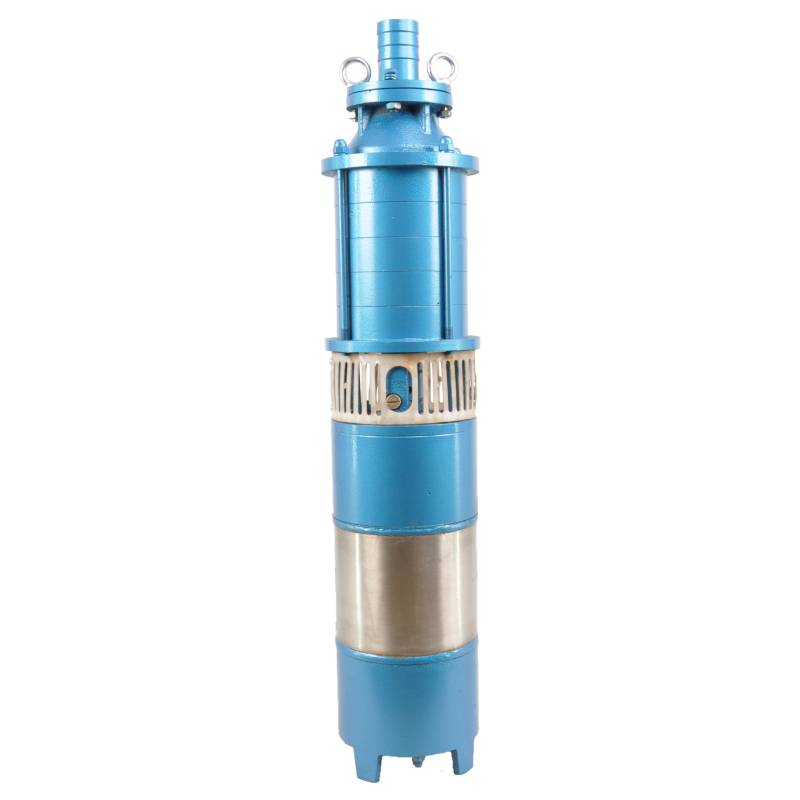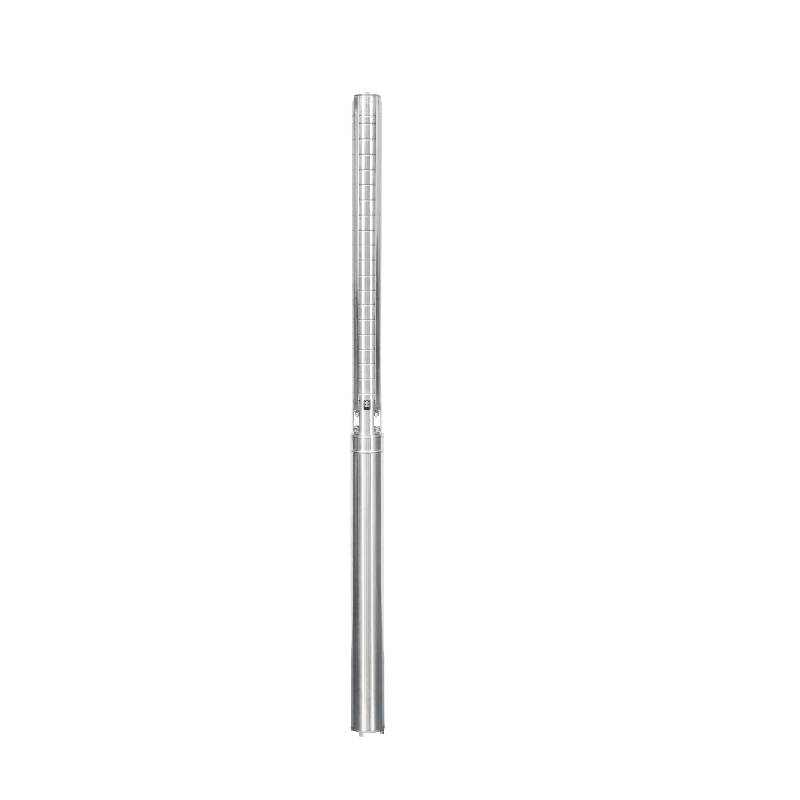Oct . 02, 2024 17:12 Back to list
Non-Submersible Deep Well Pumps for Efficient Water Extraction Solutions
Non-Submersible Deep Well Pumps An Overview
Deep well pumping systems are essential for various applications, especially in agricultural, municipal, and industrial sectors where water needs to be extracted from deep underground sources. One type of technology that has gained popularity is the non-submersible deep well pump. This article will explore its features, advantages, applications, and the factors influencing its selection.
Understanding Non-Submersible Deep Well Pumps
Non-submersible deep well pumps, often referred to as vertical turbines or lineshaft pumps, consist of a motor located above ground, coupled to a pump assembly that extends into the water well. These pumps generally feature a long shaft that drives the impellers located at the bottom of the well, allowing for efficient water extraction from great depths. The design allows for various configurations depending on the specific requirements of a project.
Key Features
1. Above-Ground Motor Unlike submersible pumps where the motor is submerged in water, non-submersible pumps have their motors situated on the surface. This design facilitates easier maintenance, as operators can access the motor without having to extract the entire pumping unit from the well.
2. Suction Depth These pumps can effectively operate at various depths, making them versatile for different borehole conditions. The vertical turbine design allows for high-performance water extraction even from significant depths, typically exceeding 100 feet.
3. Durability Constructed from robust materials such as stainless steel or fiberglass, non-submersible deep well pumps are built to withstand rigorous environmental conditions, including corrosive elements in the water and extreme temperature variations.
Advantages of Non-Submersible Deep Well Pumps
1. Ease of Maintenance Since the motor and drive assembly are above ground, maintenance and repairs become significantly more straightforward. Operators can quickly access all components, reducing downtime and improving overall efficiency.
2. Higher Efficiency These pumps often provide better energy efficiency than submersible pumps, especially when dealing with large volumes of water. The ability to customize the pump design to match the specific needs of the application allows for optimized performance.
3. Less Heat Build-Up Non-submersible designs tend to experience less heat accumulation since the motor remains cooled by ambient air. This characteristic can enhance the lifespan of the motor and reduce the risk of overheating during extended operational periods.
4. Potential for Greater Depths Non-submersible pumps can handle a greater vertical lift than some submersible pumps, allowing for their application in deep wells where other pumps may fail to deliver sufficient performance.
non submersible deep well pump

Applications
Non-submersible deep well pumps are utilized in a variety of settings
- Agricultural These pumps are employed extensively in irrigation systems, providing a reliable source of water to crops, especially in regions where surface water is scarce.
- Municipal Water Supply Many cities and towns depend on non-submersible pumps to draw groundwater for domestic use and distribution, ensuring an adequate supply for residents.
- Industrial Settings Industries that require significant water supplies, such as mining, and manufacturing facilities, often utilize these pumps for their operational needs.
Selecting the Right Pump
When choosing a non-submersible deep well pump, various factors need to be considered
1. Well Depth Assessing the depth of the well is critical to ensure that the chosen pump can provide adequate performance and efficiency.
2. Flow Rate Requirements Understanding the required flow rate for the specific application helps to guide the selection process, ensuring that the pump can handle the anticipated demand.
3. Water Characteristics The chemical composition and temperature of the water will influence material selection for pump components to prevent corrosion and extend service life.
4. Energy requirements Evaluating the energy efficiency of different models can impact long-term operational costs.
In conclusion, non-submersible deep well pumps play a crucial role in various water extraction applications due to their efficiency, ease of maintenance, and ability to operate at significant depths. Their versatility makes them a go-to choice for farmers, municipalities, and industries alike. Understanding their features and benefits can aid users in making informed decisions when selecting the right pump for their specific needs.
-
submersible-sump-pump-auto-drainage-for-crawlspaces
NewsAug.22,2025
-
solar-powered-stainless-steel-submersible-well-pump-setup
NewsAug.22,2025
-
stainless-steel-well-pump-flow-rate-optimization
NewsAug.22,2025
-
water-filled-submersible-pump-fish-farm-oxygenation
NewsAug.22,2025
-
submersible-pump-in-aquaculture-and-fish-farming
NewsAug.22,2025
-
deep-well-submersible-pump-for-drought-areas
NewsAug.22,2025
-
 submersible-sump-pump-auto-drainage-for-crawlspacesCrawlspaces, those narrow areas beneath homes, are prone to water accumulation due to leaks, groundwDetail
submersible-sump-pump-auto-drainage-for-crawlspacesCrawlspaces, those narrow areas beneath homes, are prone to water accumulation due to leaks, groundwDetail -
 solar-powered-stainless-steel-submersible-well-pump-setupHarnessing solar energy to power stainless steel submersible well pumps is a sustainable and coDetail
solar-powered-stainless-steel-submersible-well-pump-setupHarnessing solar energy to power stainless steel submersible well pumps is a sustainable and coDetail -
 stainless-steel-well-pump-flow-rate-optimizationIn various applications like agriculture, domestic water supply, and industrial use, the flow rate oDetail
stainless-steel-well-pump-flow-rate-optimizationIn various applications like agriculture, domestic water supply, and industrial use, the flow rate oDetail
